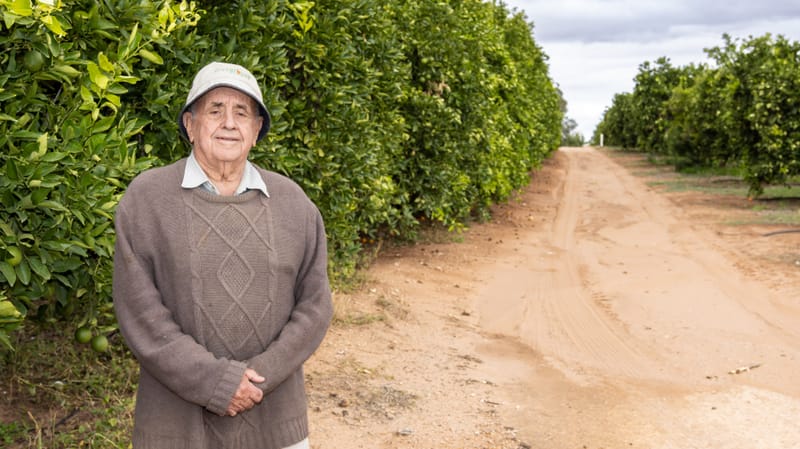Take a gander at Fat Goose Fruits
FOR more than a century, the Howie family has grown citrus trees in Renmark, and Humphrey Howie has taken the next step into the future: converting his orchard to certified organic. The five-acre home block is a small snapshot into what the 50-acre...
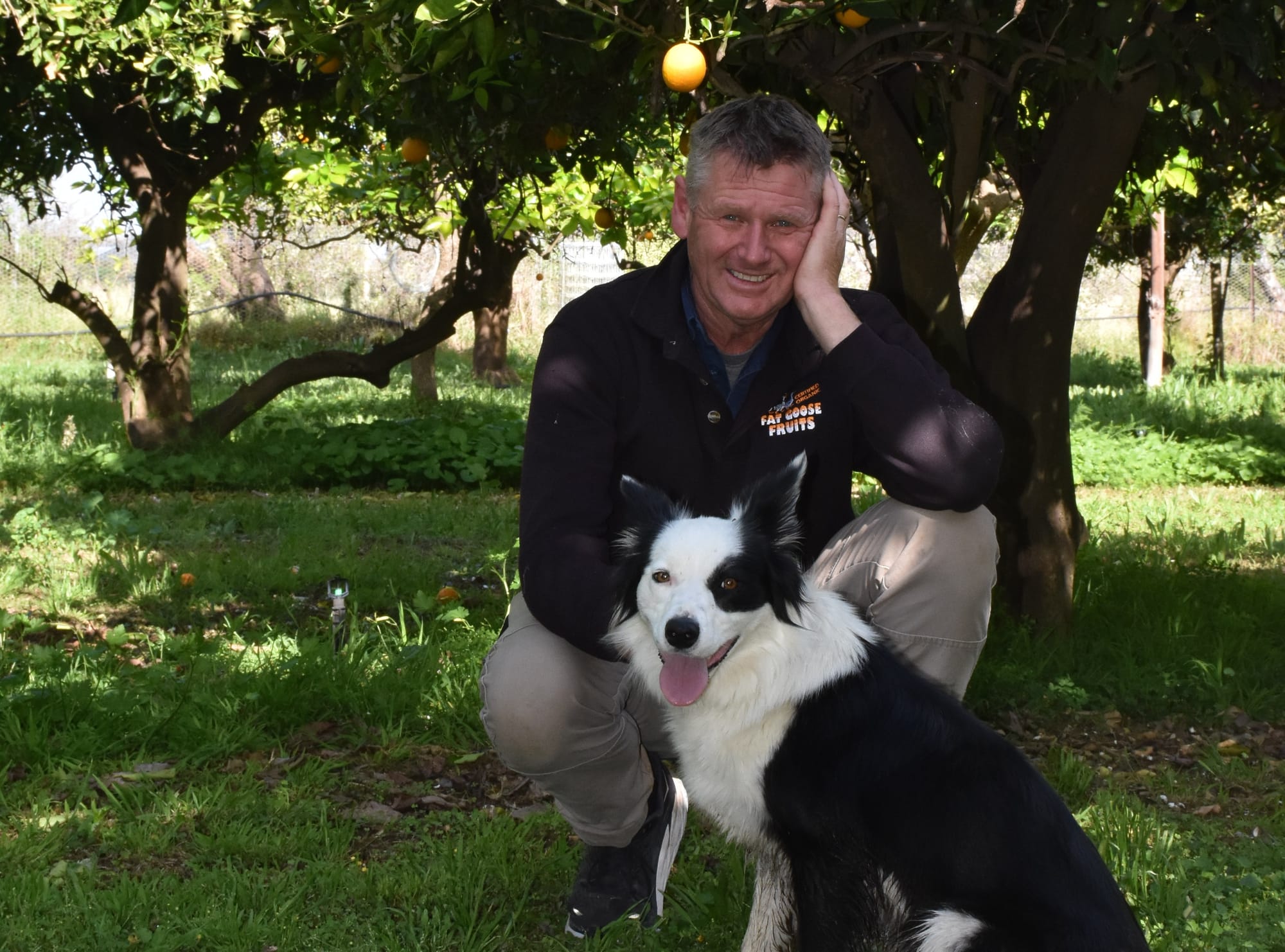
FOR more than a century, the Howie family has grown citrus trees in Renmark, and Humphrey Howie has taken the next step into the future: converting his orchard to certified organic.
The five-acre home block is a small snapshot into what the 50-acre block about 3km away looks like, as the main citrus-growing property for Humphrey’s Fat Goose Fruits business.
“Our family has been in Renmark for a really long time, since the 1880-90s,” Humphrey said.
My grandfather built our house in about 1910 and we’ve been on this patch of land for 120 years.
“My father returned from World War II and planted up a lot of citrus here on our home block.
“Originally they had dried fruit. Back in those days fresh fruit was too hard to get to the markets because it was put on a paddle steamer and would’ve taken weeks to make it to Adelaide.”
Fat Goose Fruits grows “pretty well the whole range” of citrus – about 15 varieties – including valencia oranges, navels, four different types of mandarins, limes, lemons and grapefruits.
Other fruits grown in small numbers include avocadoes and persimmons, which are interplanted between the oranges at the Howie home block.
“The main crop is the valencia because of its long season,” Humphrey said.
“We started picking in early October and we will keep picking until about April/May.
We are planning to increase our plantings on our main block. After going through the millennium drought, there are still areas we haven’t replanted.
“We made the decision back then – because water was scarce – to sacrifice a few areas, but now we are starting to replant a few more navels, lemons and avocadoes.”
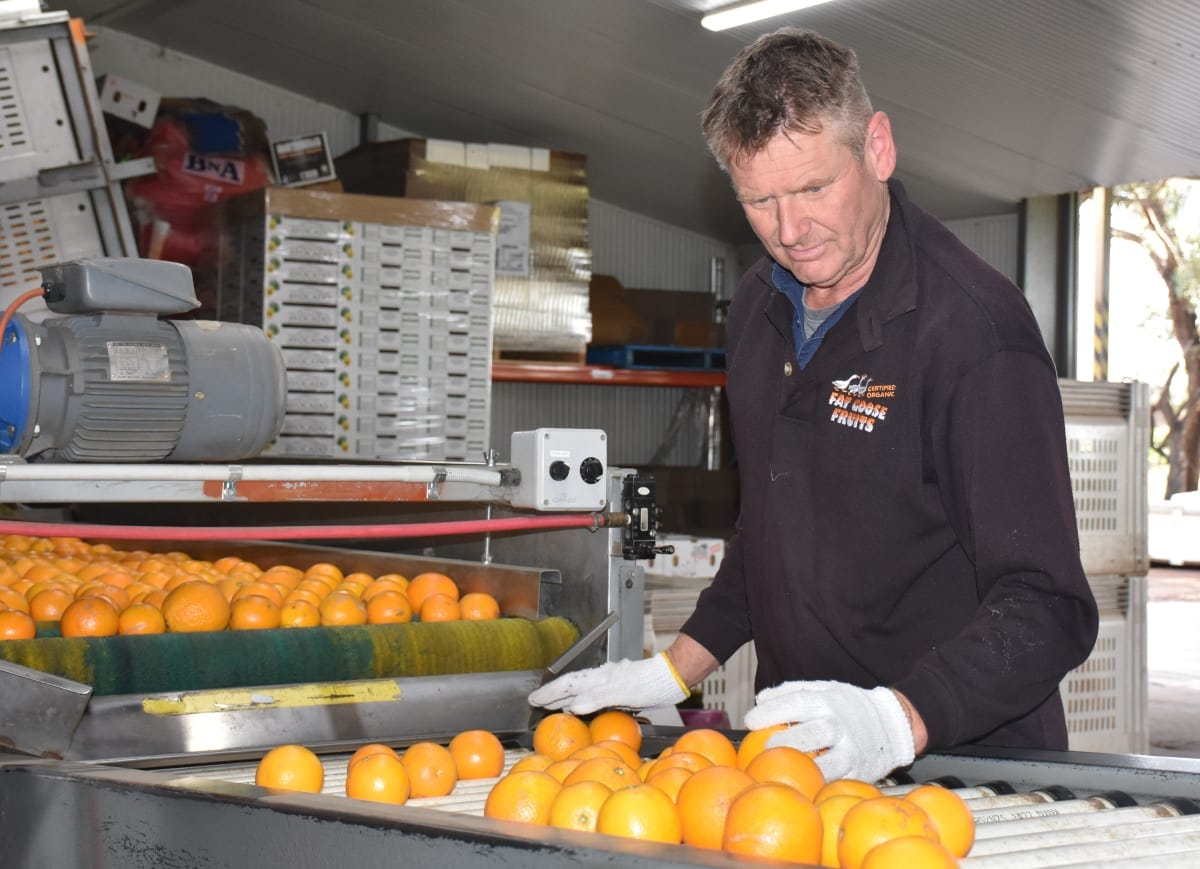
While his dad, Jim Howie, was still in charge of the citrus operations in the early ’80s, Humphrey completed an ag-science degree and worked for a few years with the Department of Agriculture, before moving on to the horticultural side of Loxton Research Centre, looking at salinity and irrigation management for citrus.
During an overseas trip to Europe, Humphrey and Michelle met a fellow traveller who changed the trajectory of the Fat Goose Fruits business.
“You could kind of see that things were changing around the world to becoming more aware of how produce was actually grown,” Humphrey said.
“We met one young bloke in a camping site somewhere and we said we were fruit growers and he asked if we were organic. I had no idea what organic was, so that sowed a seed with us. It was after the Chernobyl nuclear disaster and that made people more aware of the food they were eating.
“We came back to Australia and started work on this property. We started investigating the organic industry as it was then – which was pretty small – and there were a few people doing it particularly well, especially in the Sunraysia region.
We started on a small basis just converting the middle part of the property and trying to convince my elderly father it was a good idea, which was interesting.
“Fifty acres of fruit has taken us about 20 years to fully convert. Even though the markets were there, you still had to look for them.”
Humphrey said two main issues faced when growing organic produce were ground-cover management and soil nutrition.
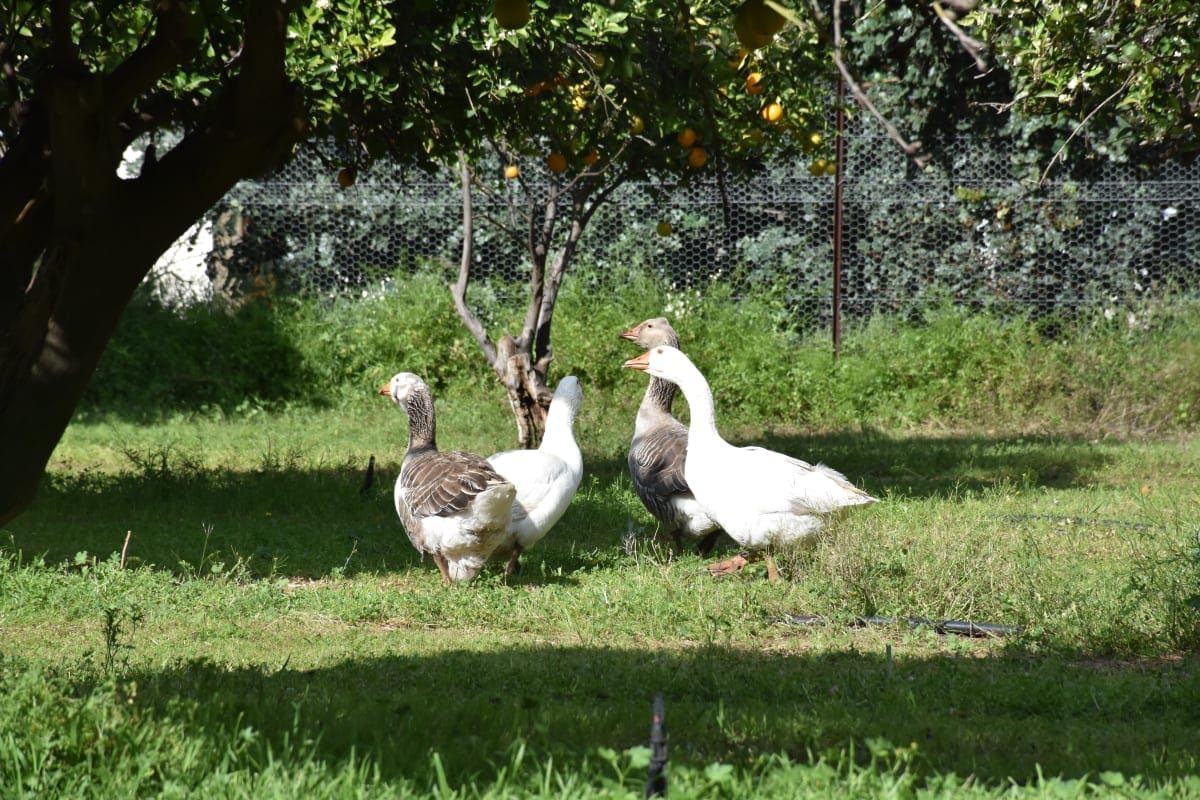
At Fat Goose Fruits, geese – some 10 to 15 years old – and sheep roam both the home block and main block orchards, helping with both ground-cover management and contributing to the nutrition of the soil.
“With ground-cover management, you want the growth because the vegetation helps improve the soil health,” Humphrey explained.
“All of the organic matter in the ground feeds the worms, feeds the bacteria, the fungal and it’s breaking down all of the material from the surface, and eventually that becomes food for the trees.
“We go through with the whipper snipper from time to time or we get the geese in here. The geese come in – along with a handful of sheep, who are a little more problematic.
What they’re doing is recycling the grass – if you slash the grass it takes longer for it to break down but to put it through a goose or a sheep, it’s already done a lot of the breaking down and it will corporate with the soil quicker.
“I’m not sure how much science is behind it – but the idea is to preserve the nitrogen and the minerals by using the animals to speed up the process.”
However, the helpful animals come with slightly problematic behaviours.
“The geese do actually eat oranges so you have to be on the ball, and we’ve got about 100 or so at the other property,” Humphrey said.
After relying on other packers to pack the fruit, Humphrey decided to build a packing shed on the home block, where “pretty much all the fruit” from the properties is processed.
“About 95 per cent goes to domestic market; the capital cities including Adelaide, Sydney, Melbourne, Hobart and Perth,” Humphrey said.
“We had a hiccup with fruit fly, and 70 to 80 per cent of our fruit was going to Sydney and Melbourne, so we’ve had to expand those markets to cope with not being able to sell to WA or Tasmania.”
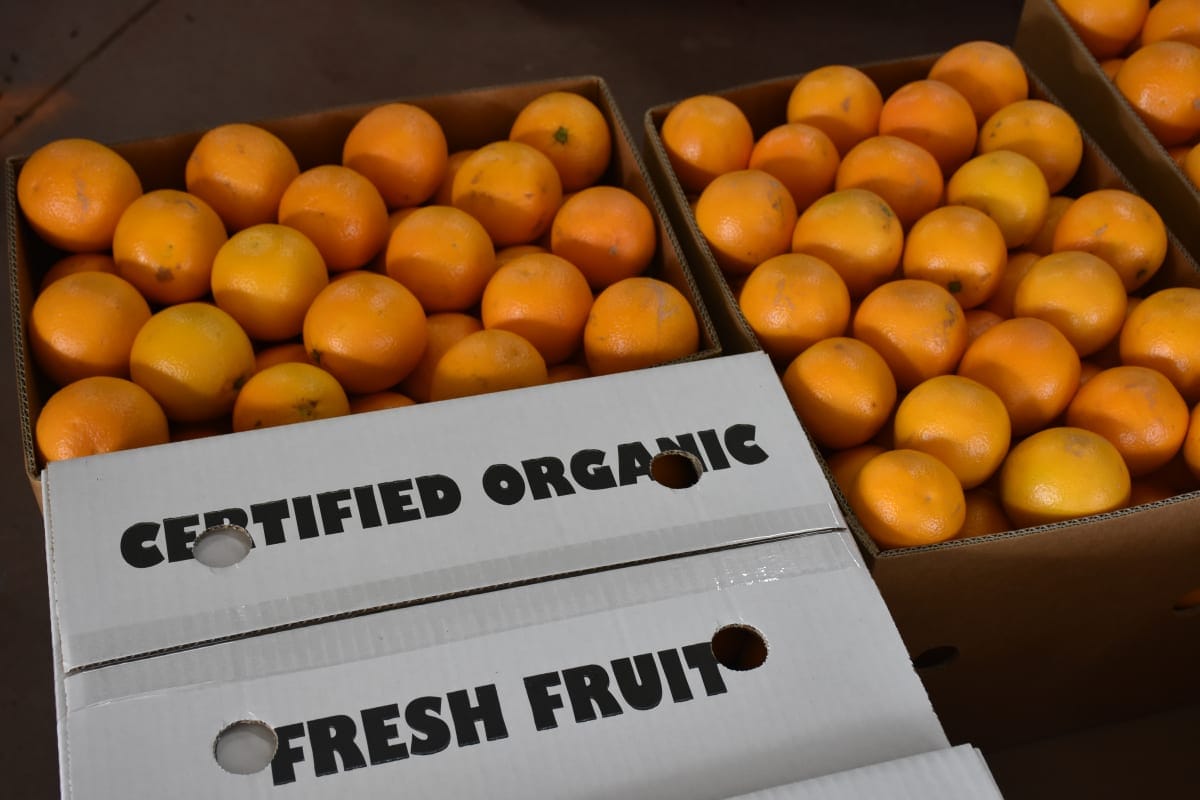
Humphrey and his wife Michelle recently ventured into the red and white wine grape growing industry as members of CCW, when the opportunity to purchase a neighbouring 30-acre block of vineyards was too good to pass up.
“Four years ago, my cousin sold their vineyard to one of our neighbours who – when his father became ill – offered us to buy it and we thought, ‘Oh well, it’s next door… we’ll buy a vineyard’,” Humphrey laughed.
“We’re very much amateur viticulturalists at the moment but – even though with CCW it’s not organic it’s conventional and all goes to Accolade – we have decided to convert the vineyard to organic as well. We’re planning to put a few sheep in there to help with the weed control.”
Humphrey said he was unsure how long it would take to convert the 30 acres of vineyards to organic status, but was planning to start soon.
“Just before this coming vintage we’ll draw a line in the sand and stop using synthetic fertilisers and concentrate more on the different methods of weed control like grazing and slashing,” he said.
“You have a date when your last substance goes on, and 12 months from that if everything is okay you get conversion status. With wines I suspect it will be a little bit different than citrus – it might have to be organic or nothing and that’s looking at a three-year period before we move to sell it as organic wine or organic grapes.”





